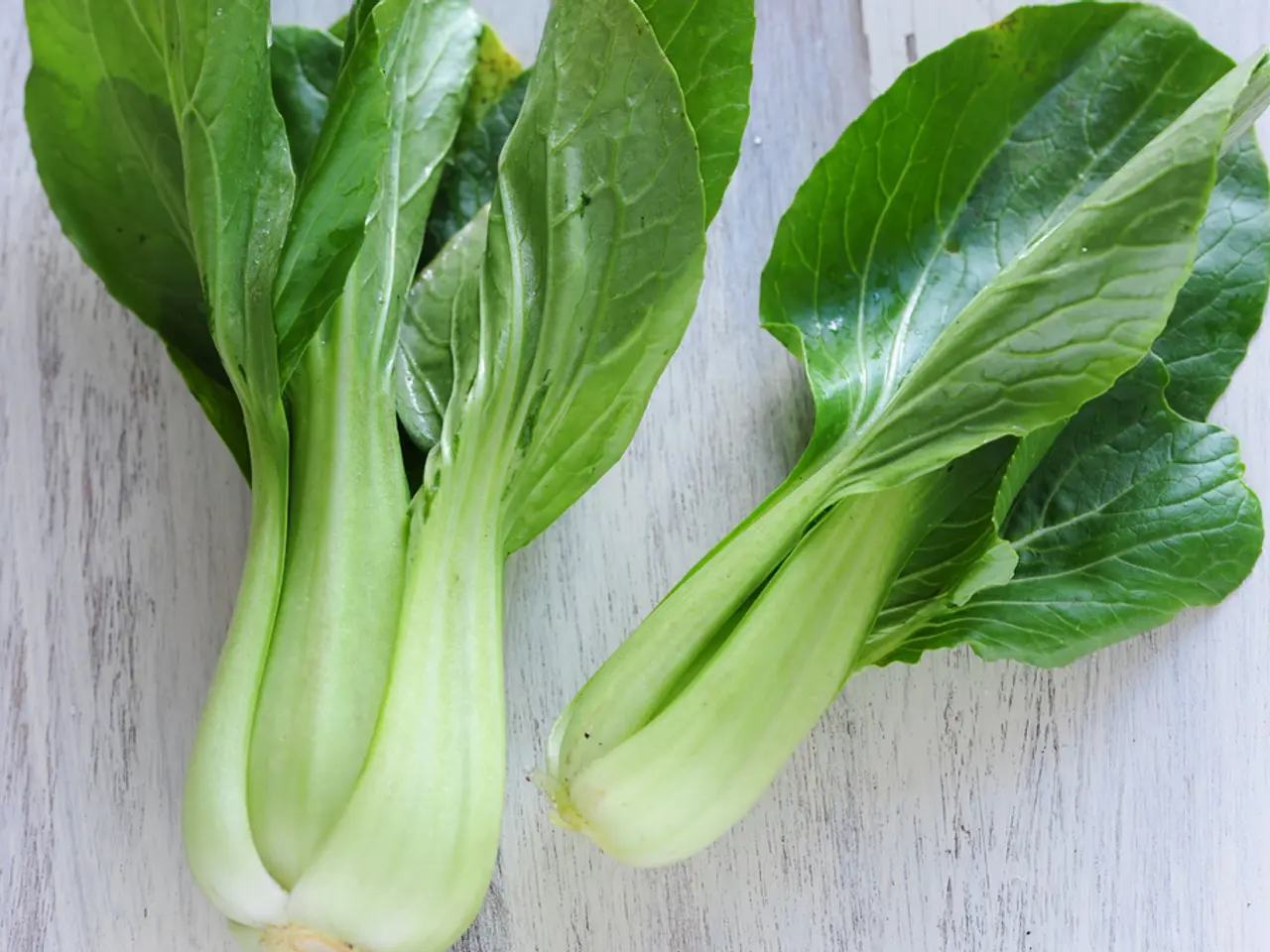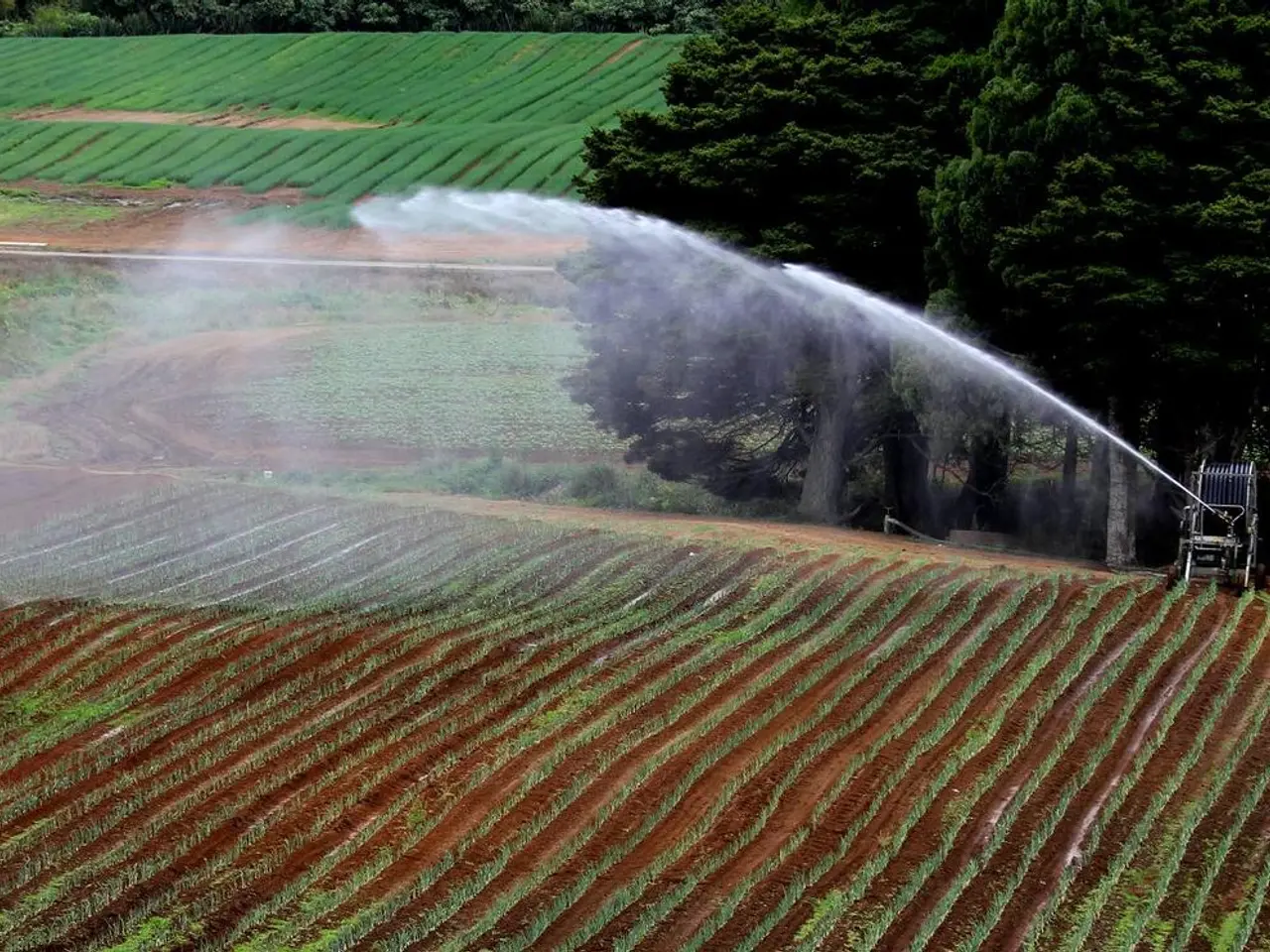Planting Suitable Vegetables in January
With the arrival of a new year, many gardeners might think that it's time to take a break from tending to their plants. However, January presents a unique opportunity to start growing cold-tolerant vegetables that can thrive in the winter months.
By focusing on winter-hardy or frost-tolerant varieties, such as kale, mustard greens, peas (especially smooth-seeded varieties like Early Alaska), cauliflower, Brussels sprouts, shallots, green onions, and snow peas, you can create a productive winter garden. These vegetables are well-suited to grow in cold weather and can even improve in flavor with frost exposure in some cases.
To get started, gather essential supplies like seed trays, seed starting mix, seeds, watering can or spray bottle, and follow a step-by-step guide for planting and watering. It's crucial to maintain a temperature between 65°F and 75°F (18°C and 24°C) for seed germination, and to use containers with holes at the bottom for proper drainage.
Once the seedlings have sprouted, it's essential to gradually acclimatize them to outdoor conditions before transplanting them into the garden. This process helps to reduce transplant shock and ensures the plants adapt smoothly to the colder weather.
In terms of soil preparation, use well-drained, nutrient-rich, deep soil for vegetables like cauliflower and Brussels sprouts, which have extensive root systems. For watering, water at the base to avoid wetting foliage, especially for vegetables like cauliflower that are prone to disease in wet conditions.
To protect your plants from extreme cold or frost, consider using row covers, cold frames, or cloches. Some vegetables, like cauliflower heads, may require additional protection with their own leaves or horticultural fleece.
For climbers like peas and snow peas, install trellises before planting to support their growth and improve air circulation, reducing disease risk. Additionally, applying a balanced liquid feed or potassium-rich fertilizer (like potash) can boost flowering and pod production in peas and generally encourage healthy growth.
Regular applications of seaweed extracts like Seasol can help establish strong roots and reduce transplant shock in winter. Fertilize with a diluted liquid fertilizer every couple of weeks to promote healthy growth.
Zone 6 and 7 gardeners can start seeds indoors for cool-season crops like lettuce and kale. With proper care and attention, you can successfully grow a productive winter garden from January onward. Happy gardening!
[1] Gardening Know How. (2021). Cold Weather Vegetables for Winter Gardening. Retrieved from https://www.gardeningknowhow.com/edible/vegetables/vgen/cold-weather-vegetables-for-winter-gardening.htm [2] Almanac, T. (2021). Winter Gardening: How to Grow Vegetables in Winter. Retrieved from https://www.almanac.com/gardening/winter-gardening [3] The Spruce Eats. (2021). Cold-Tolerant Vegetables for Winter Gardening. Retrieved from https://www.thespruceeats.com/cold-tolerant-vegetables-for-winter-gardening-1399502 [4] Fine Gardening. (2021). Winter Gardening: Tips for Growing Vegetables in Winter. Retrieved from https://www.finegardening.com/article/winter-gardening-tips-for-growing-vegetables-in-winter
Incorporating a variety of cold-weather vegetables like kale, mustard greens, and peas into your home-and-garden lifestyle can lead to a productive winter garden. By carefully preparing the soil, following a step-by-step planting guide, and using proper protection for extreme cold or frost, you can successfully grow winter-hardy vegetables, enhancing your home-and-garden lifestyle and benefiting your lifestyle as well.




